This time last week we were thrilled to be invited to a Green Carpet Event… to celebrate the end of this year’s Plastic Free July. The function was hosted by some of the main players in the Plastic Free July Campaign in South Africa: Twyg Magazine, the Beach Co-Op and WWF South Africa… and the focus was on fashion… you are what you wear. Yes, there is one more area of our lives where we can be greening our lives a lot more. It turns out the clothes we wear have a green foot print too.

My first reaction was, “Oh Gasp an invitation to a fashion event!!!” You know me, I never buy new clothes and I am the ultimate jeans and t-shirt kind of gal. When I realised that I would be taking the gang along with me, I really had to rethink my idea of a fashion event. Green fashion doesn’t mean that we have green clothes… though a lot of folk thought that was what I was talking about! Green fashion means: Wear locally made, re-purposed or re-used clothing. My initial thought was that we don’t own any clothes made from woven banana leaves or repurposed plastic shopping bags. But the truth is, we are a lot greener than I expected, in that we don’t have a clothing budget… so we all wear clothes that have been loved before, and if our clothes aren’t actual hand me downs then they have been gifted, or for my husband and I, were actually bought in our student days. My girls are masters of finding treasures in a friend’s annual thrift sale… and discover incredibly stylish bargains while they are at it.

The truth is, we really do need to look at our clothing a lot more closely… it is not enough to say that those fleecy jackets are made from recycled bottles… What happens to those microfibres when you wash them? We need to read the labels and look where our clothes are made, and what they are made of.

Se7en Things to Consider When Thinking About Sustainable Fashion
- To Buy or not to Buy? When you are shopping for clothes… Consider first if you actually need an item or not. Is it a classic that you can wear again and again for many years or is it a passing fad? Who will you pass it on to when you have finished with it? The landfill is not an option.
- What is the Item Made From? Avoid synthetic materials and that’s basically poly-anything… consider that every time you wash that item, microfibres will “peel” off and end up in the water cycle. Those microfibres that drain away, are ending up in the ocean and they are entering the food chain.
- There is a Manufacturing Process? There is no point in choosing a cotton t-shirt from cotton grown on an organic farm, if that cotton was then treated with several chemicals… look at the print on your t-shirt… every plastic decal that was ever plonked onto a t-shirt is still around today.
- How do you Care of Your Clothing? Having survived the Cape Town drought last year, we came to realise that a lot of clothing does not need to be washed after every wear and in fact spot cleaning not only lengthens the life span of your clothes, but it reduces the amount of micro-fibres sloughing off your wardrobe.
- Swap, Repair, Stitch or Thrift? If you don’t want to look like everyone else then this is indeed the season for you… swap with your friends, let your kids swap too, restyle your old clothes, repair your broken clothes rather than tossing them and troll through your friends discards and that thrift table… you really can find stuff to love. And with a few tweaks and adjustments you can truly create a unique and wonderful style.
- Where Were Your Clothes Made? Locally made is always the item of choice… if your clothing has flown from the furthest side of the world then it already has a murky footprint on the green living scale…
- Who Made Your Clothes? It is long past time to stop buying cheaply made fast-fashion, not only is it an environmental nightmare… more importantly, the hands that made your clothing also have a family to feed.
This is really not a post, to send you reeling and thinking… “NOT ANOTHER GREEN LIVING SHADOW” that we have to live under. Rather, I am suggesting that we need to be aware of what we are wearing. Thirty years ago we would have thought plastic bags were the answer to so many problems, but with awareness we now know they have to go. Similarly, I think with awareness there are a lot of things we can change in the fashion industry… just one step at a time. Choose one change to make and stick with it, until it is a habit and then choose another one. The way to make big changes, begins with small steps that we can only take one at a time.
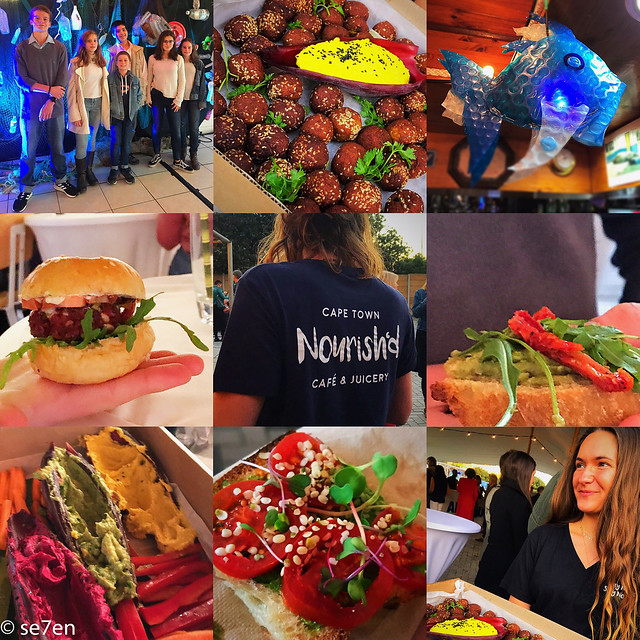
Functions And Feasting…
At a green living function, you know you can expect delicious green living delights to eat… and Nourish’d Cape Town did a fantastic job of providing trays of rainbow eats for all of us. Fabulous vegan feasting and something for everyone…

Stop light Dips…

And tomato bites…
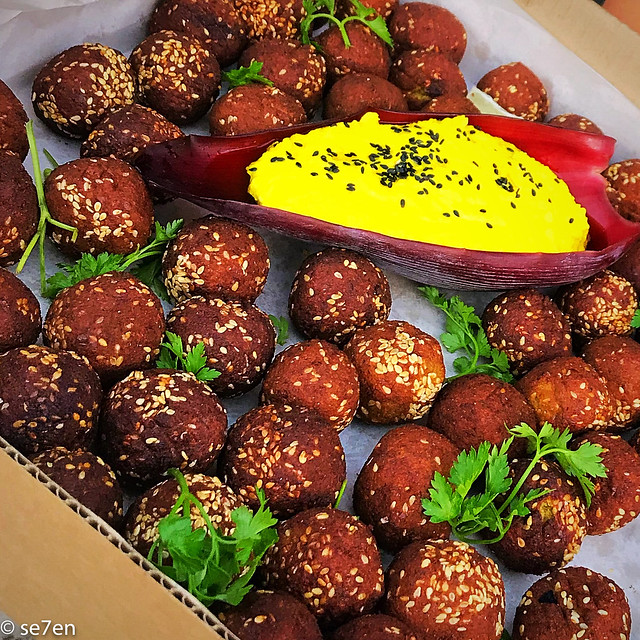
Even my fussiest eaters were thrilled to be part of this celebration.

The Eye Catching Installation
This is event was packed with local activist friends, scientists, designers, retailers and influencers. And through it all wandered this incredible work of art… fashion created from recycling… incredible, colourful and a statement on the fashion industry as it stands right now.

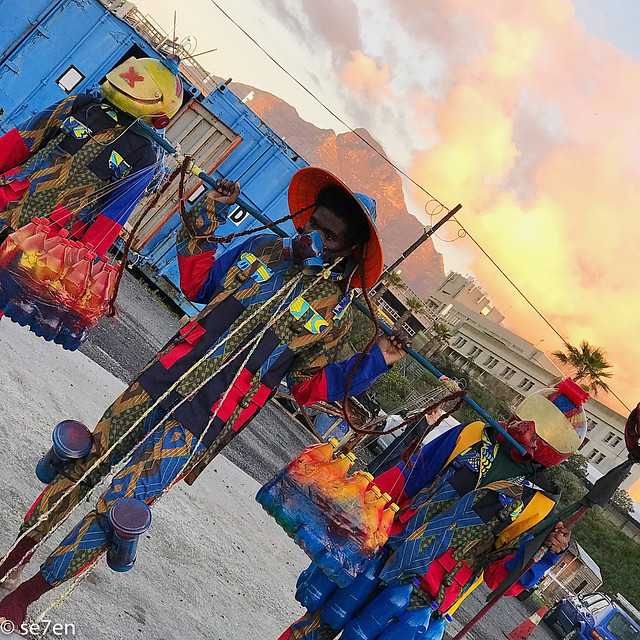

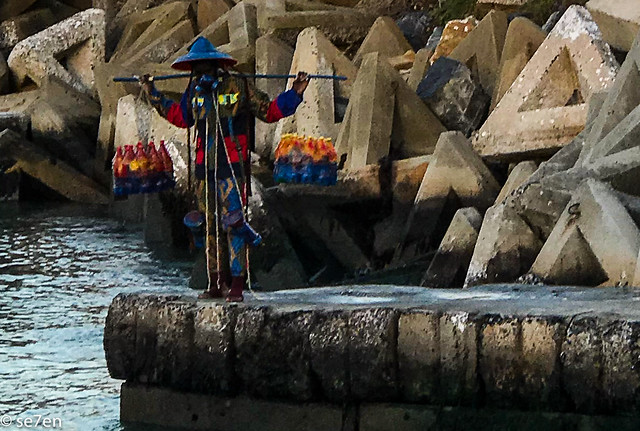

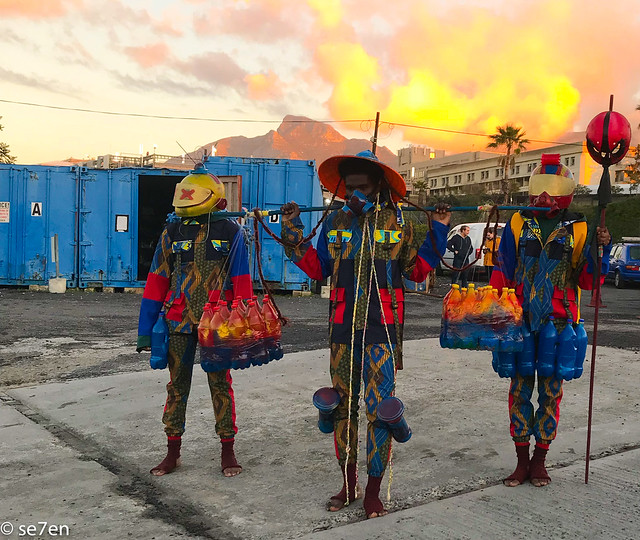
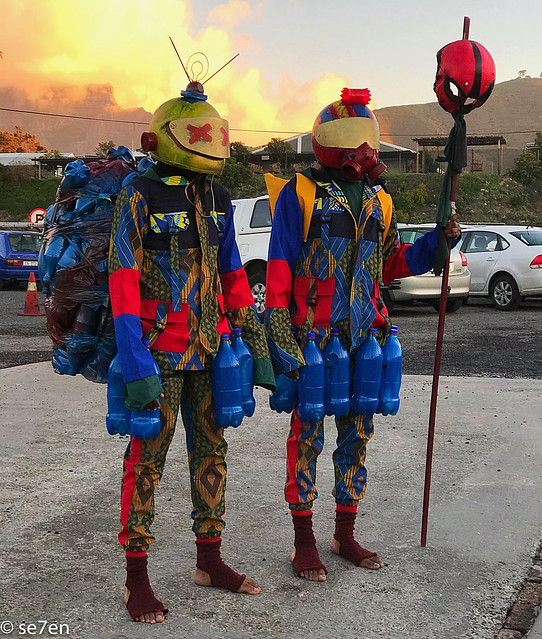

Thank you so much to Twyg Magazine, the Beach Co-Op and WWF South Africa for the invitation, we had a wonderful time and more importantly it got us thinking about sustainable fashion like never before.
